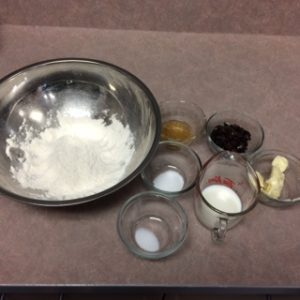Step one: Recipes
Breakfast:
http://www.food.com/ideas/eggs-52-ways-6015?c=430761
In a bowl, mix the eggs and 1/4 cup (60 ml) of mayonnaise. Add salt and pepper. Then cook it. Add bacon and lettuce after toasting the bun.

Lunch:
http://whiteonricecouple.co m/recipes/baked-eggs-avocado/#
m/recipes/baked-eggs-avocado/#
- Crack the eggs in a medium bowl, careful to not puncture the yolks. Set aside.
- Cut avocado in half and carefully remove seed. Depending on how big the seed is, the hole in the avocado
- In a medium baking dish, try to rest the avocado half inside the edge of the dish so that the avocado doesn’t tilt over. You need to keep the avocado from tilting so that the raw egg does not spill out.
Dinner: http://www.homecookingadventure.com/re
cipes/twice-baked-potato-with-egg-on-top
- When the potatoes are cool enough to handle cut potatoes in half lengthwise, scoop the interior out of each leaving about 1/4 inch shell of potato flesh and skin. Add the scooped-out potato flesh, grated cheese, salt and pepper into the pan and stir well to combine.
- Place the potato shells on the baking sheet and feel them with the mixture. Press the mixture with a spoon so a whole is formed to make space for the eggs. Sprinkle chives on top and crack an egg on top of each stuffed potato.

Mise-en-place
Avocado, Bacon,eggs, and bread.
Cooking:

Preheating the oven
Cutting the avocados in half

Taking out the pits
Making the insides deeper so the egg will stay in
Adding the eggs into the avocado. I had to use a toothpick to keep the avocados stay up so the egg doesn’t spill out.
Final product: Bacon is sprinkled on top and bread is on the side
Final step: Clean Kitchen









